Best Educational Toys & Games for Infants and Toddlers
Fine Motor Skill-Building Hedgehog
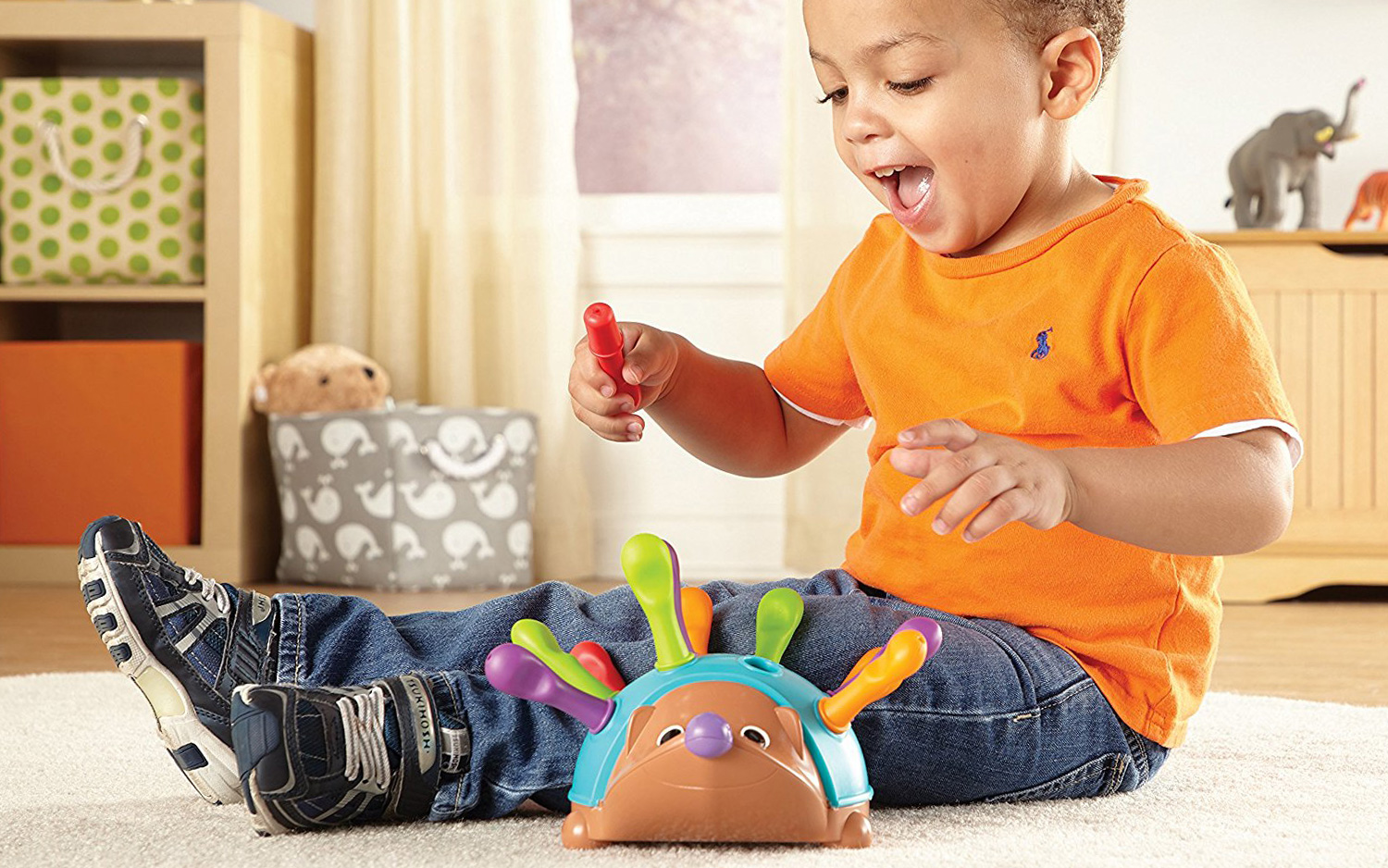
Help your toddler exercise his or her fine motor skills with Spike the Fine Motor Hedgehog by Learning Resources. The toy comes with 12 peg-shaped "quills" that are easy for little hands to hold and that can help youngsters work their fine motor skills, such as grasping and object manipulation. Kids can also work on their hand-eye coordination as they place the quills into holes in Spike's back. The multicolor quills can also help tots learn to count and recognize different colors. And when it's time to clean up, Spike's quills fit neatly into the toy's body. (Recommended ages: 18 months and up.)
Price: $14.99
Bugnoculars
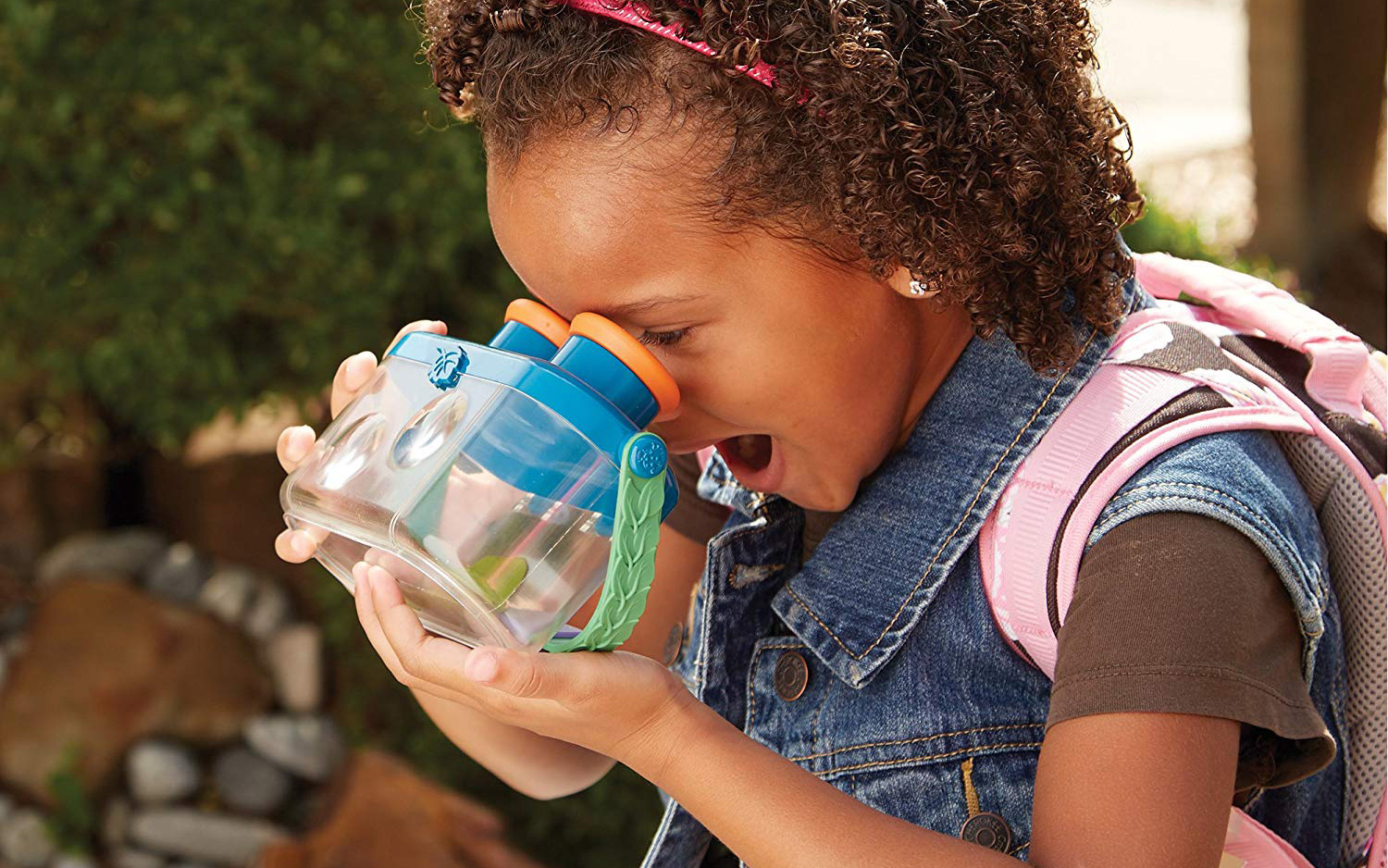
Give your child an up-close view of bugs, leaves, flowers and other natural objects with GeoSafari Jr. Bugnoculars by Educational Insights. The eyepieces allow for 3x magnification of whatever critters you catch, and the watertight collection container allows you to zoom in on water-dwelling creatures such as tadpoles. But don't worry — the container comes with air holes to keep oxygen-breathing creatures safe until release. Perfect for the budding entomologist or ecologist in your life. (Recommended ages: 36 months to 6 years.)
Price: $12.99
Sit-to-Stand Learning Walker
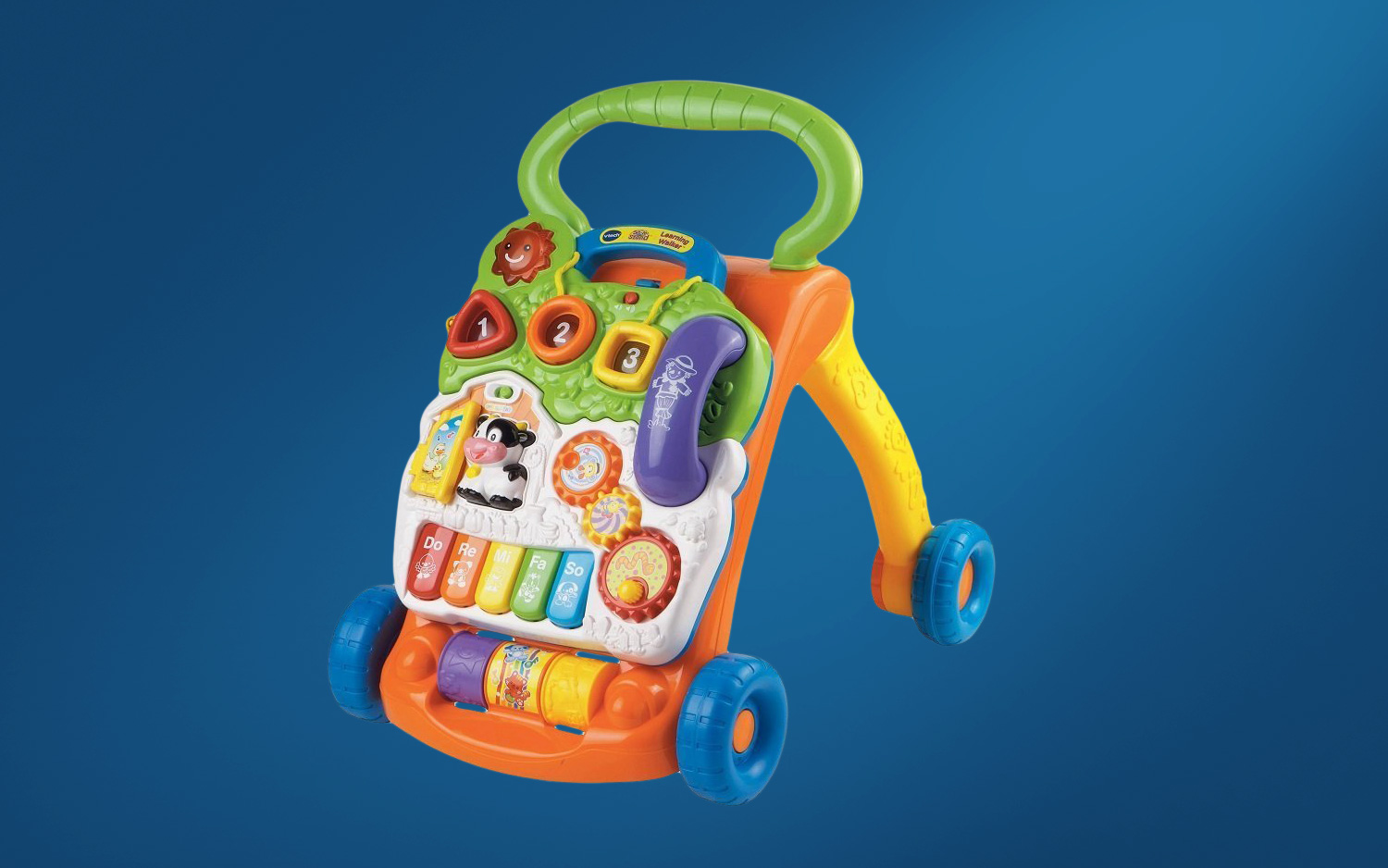
When your baby is ready to stand, so is this toy. The VTech Sit-to-Stand Learning Walker comes with a detachable activity panel that allows little tikes to play on the floor but that attaches to the walker when the kiddos are ready to stand up and go. The panel features a myriad of playthings, from piano keys and shape sorters to light-up buttons and spinning rollers. These offer not only fun, but also a chance to learn and develop motor skills. (Recommended ages: 9 months to 3 years.)
Price: $34.99
"Dinosaurs A to Z" Board Book
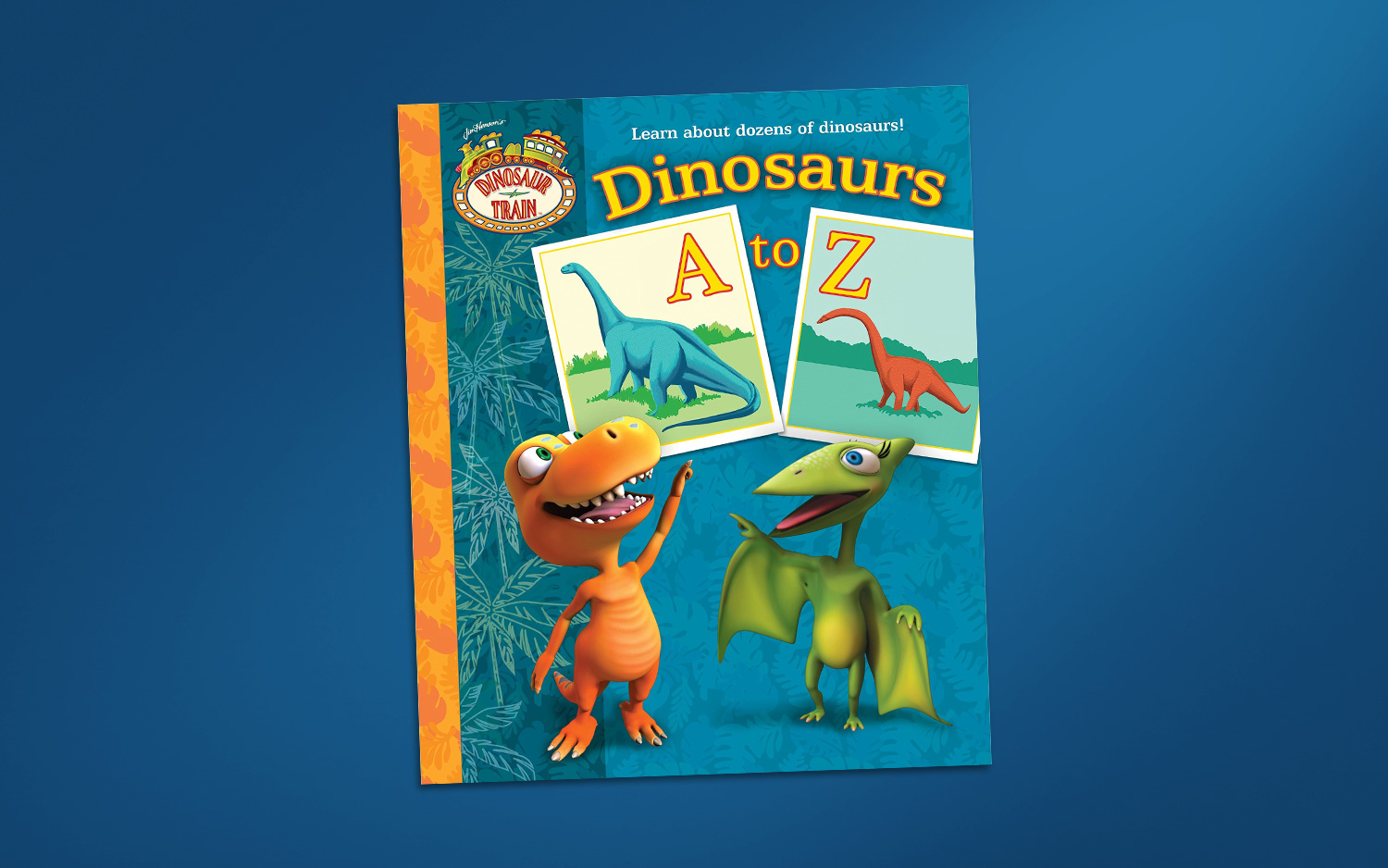
Fuel your child's fascination with dinosaurs with this informative board book featuring facts on an impressive array of dinos, from Apatosaurus to Zigongosaurus. Your child will learn about 26 dinosaurs — one for every letter of the alphabet. Characters from the hit PBS show "Dinosaur Train" appear in the book to help entertain and inform young dino lovers. (Recommended ages: 3 to 6 years.)
Price: $10.79
Kids First Automobile Engineer Kit
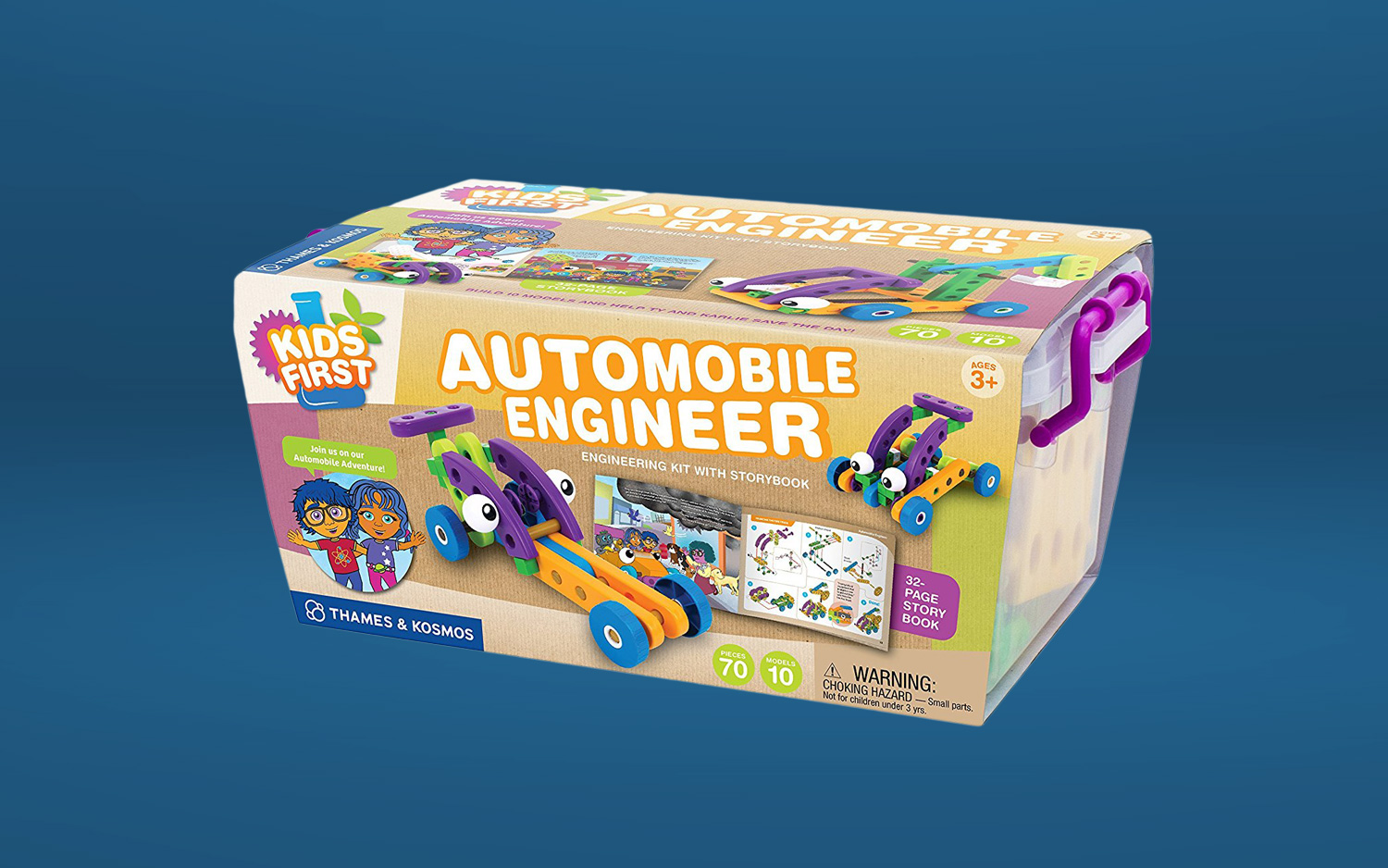
Help your youngster learn elementary engineering concepts with the Kids First Automobile Engineer kit by Thames & Kosmos. With this 70-piece kit, kids can build 10 model vehicles featured in the included storybook or make their own auto creations, all while honing their fine-motor, visuo-spatial and reasoning skills. (Recommended ages: 3 years and up.)
Price: $26.39
Uncle Goose Ocean Blocks
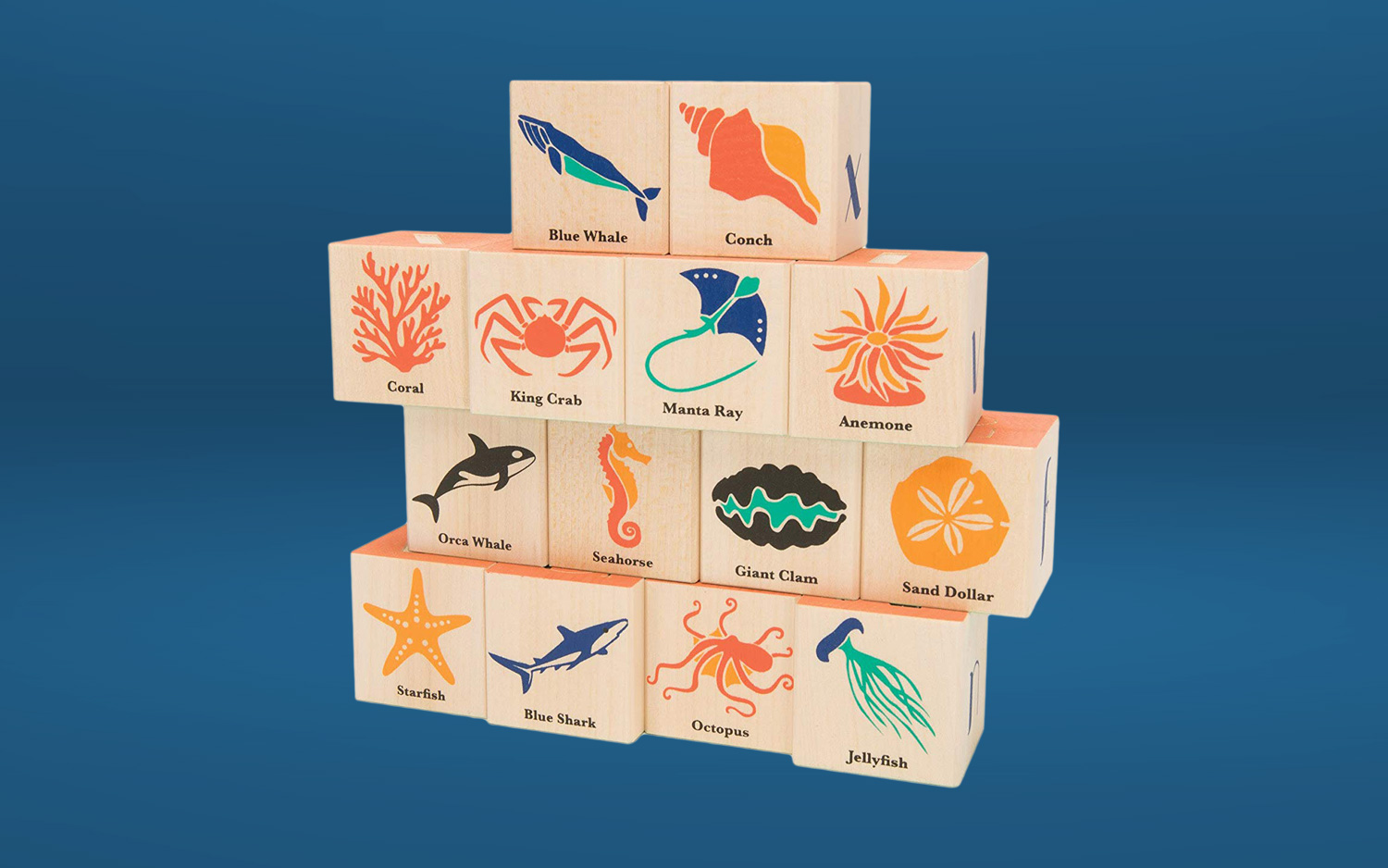
Building blocks are the best. They bring out your kid's inner engineer; help teach memory skills, spatial relationships and object permanence; and most importantly, are too big to swallow. Uncle Goose's handcrafted wooden building blocks (made from "sustainable Michigan basswood," we are told) give you all of that goodness plus the satisfaction of teaching junior about nature's wonders, beautifully rendered in lovely, nontoxic ink. We're partial to these ocean-themed blocks because, as any nerd knows, ocean animals are the coolest animals. But if the sea doesn't float your boat, consider another Uncle Goose block set, like one for bugs, birds, flowers, constellations or dinosaurs. (Recommended ages: 2 and up.)
Price: $24
Fisher Price Think & Learn Code-a-Pillar
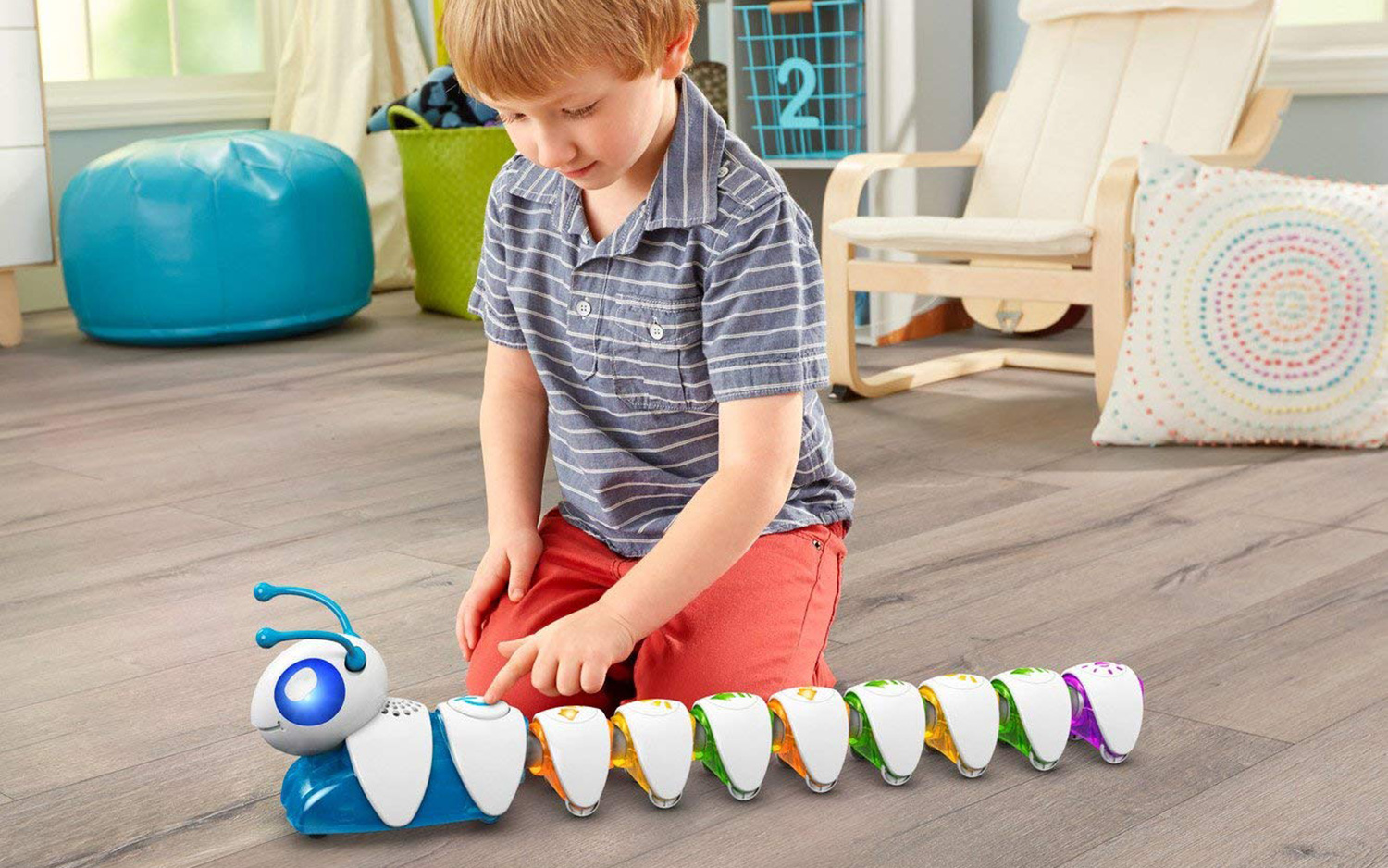
Times have changed. These days, if your kid isn't developing apps by 6 months old, you can kiss your first-choice kindergarten goodbye. Give your future Nobel laureate a head start with Code-a-Pillar, the electronic toy caterpillar that gives junior her very first programming lesson. Each of Code-a-Pillar's eight segments relays a different command (move straight, turn or play music), and it's up to junior to decide which order they happen in. Fisher Price promises "endless combinations" of caterpillar actions, but actually, it's closer to about 40,000. So, you know, don't be surprised if your kid exhausts this toy's potential by the time they're in college. (Recommended ages: 3 to 6 years old.)
"Whose Feet?" — Melissa and Doug Soft Activity Book
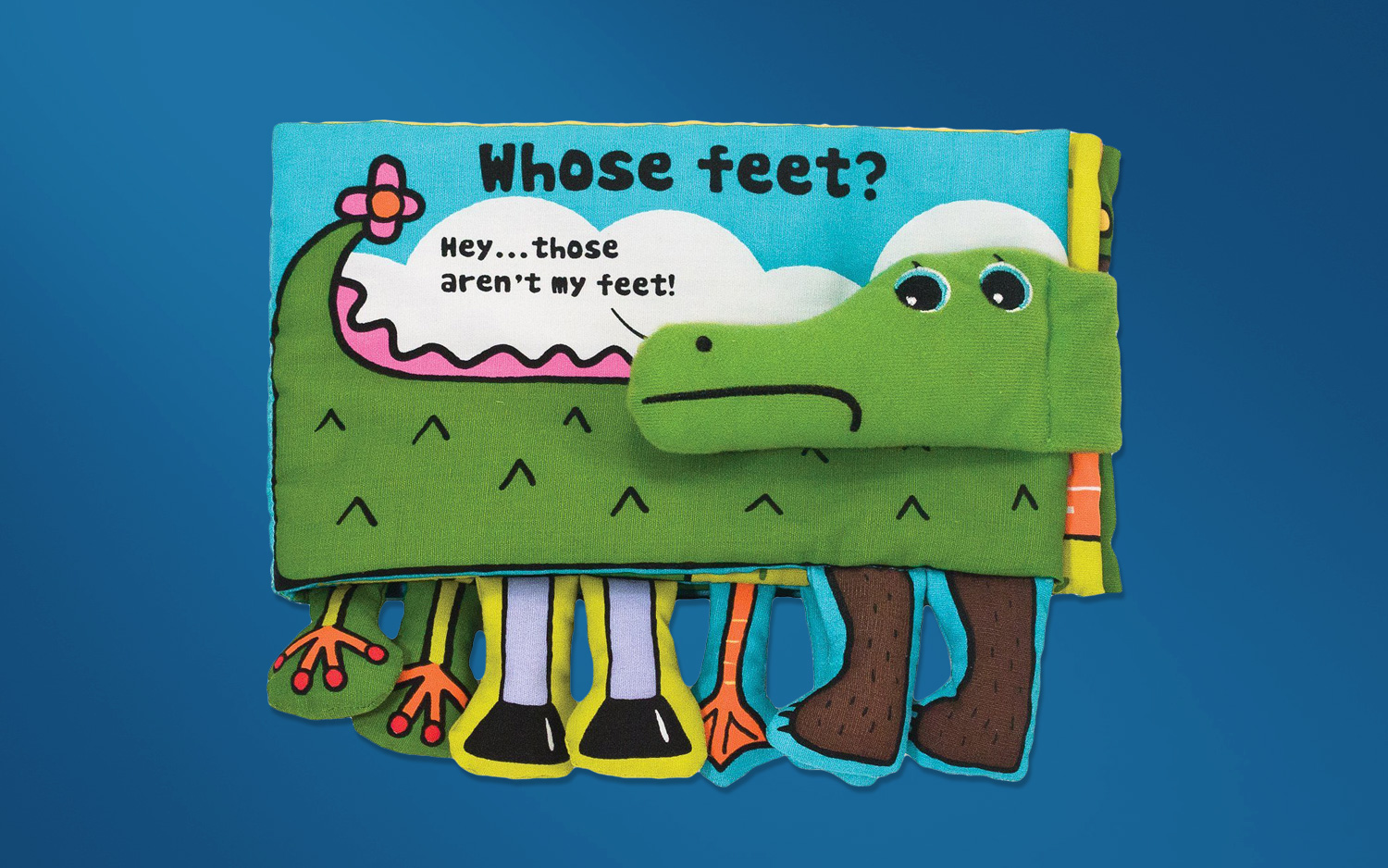
Expectant parents might not think "machine washable" is a coveted quality in a picture book (but they'll learn the truth soon enough). Luckily, washability is just one of the many adorable qualities that "Whose Feet?" has going for it. This soft, fabric-backed book about an alligator who lost his feet is full of delightful animal legs that dangle, squeak, crinkle and generally inspire many a giggle-rich discussion between you and your messy little reader. (Recommended ages: 1 month to 3 years.)
Price: $9.99
Baby Einstein Sea Dreams Soother
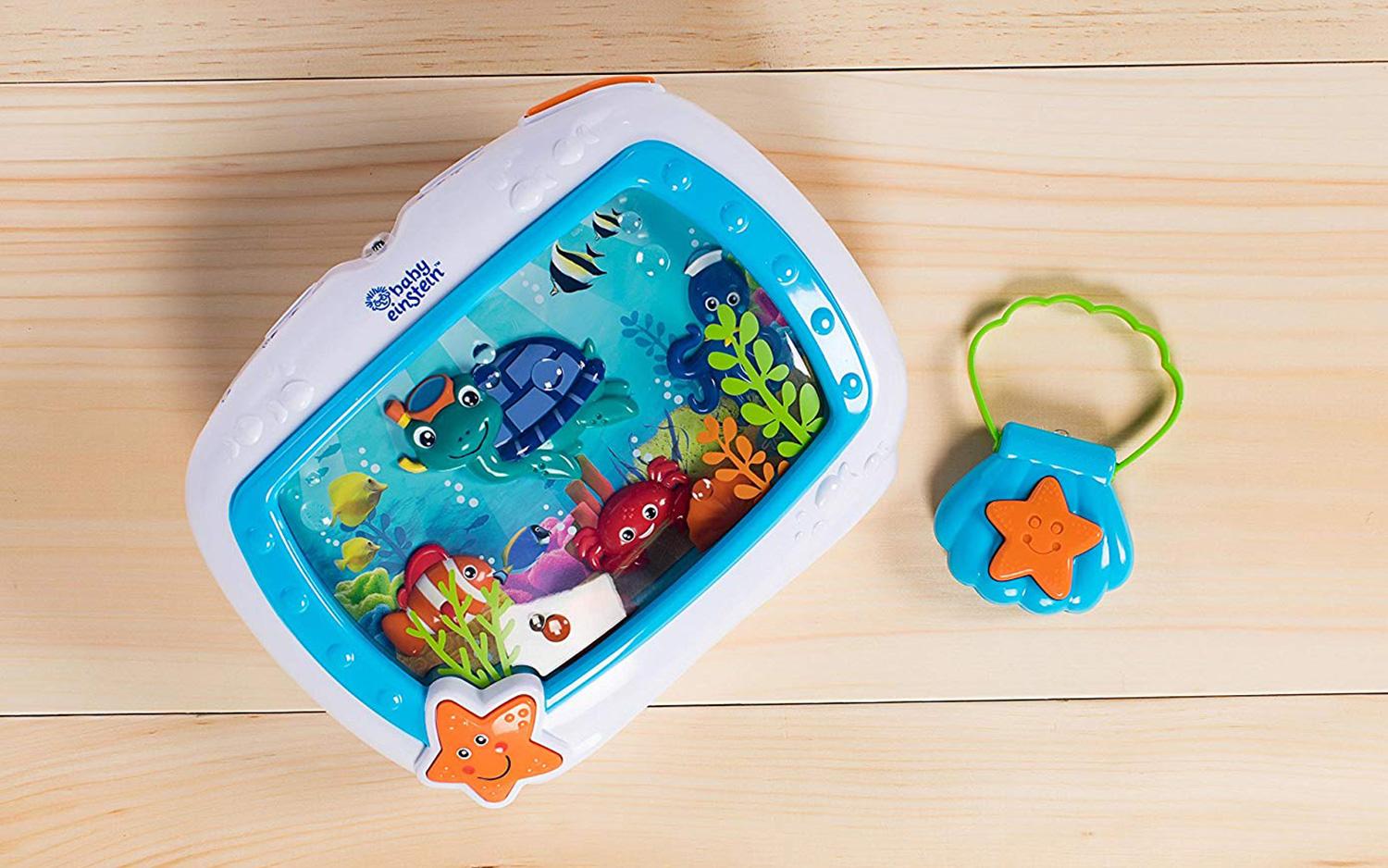
Do baby and her parents both need a break? Lay the little one to rest in an octopus's garden in her crib. This animated mobile, which clips snugly to the side of any standard crib, can alternate between soothing and stimulating with the flip of a button that even little, curious hands can learn to manipulate. Delightful ocean creatures move back and forth; soothing tidal noises whoosh and shush, and peaceful classical music drips out of this one-stop baby-calming shop. Ambitious parents can even turn wake-up time into baby's first marine-biology lesson. (Recommended ages: newborn to whenever.)
"Baby Loves Science" Board Boxed Set
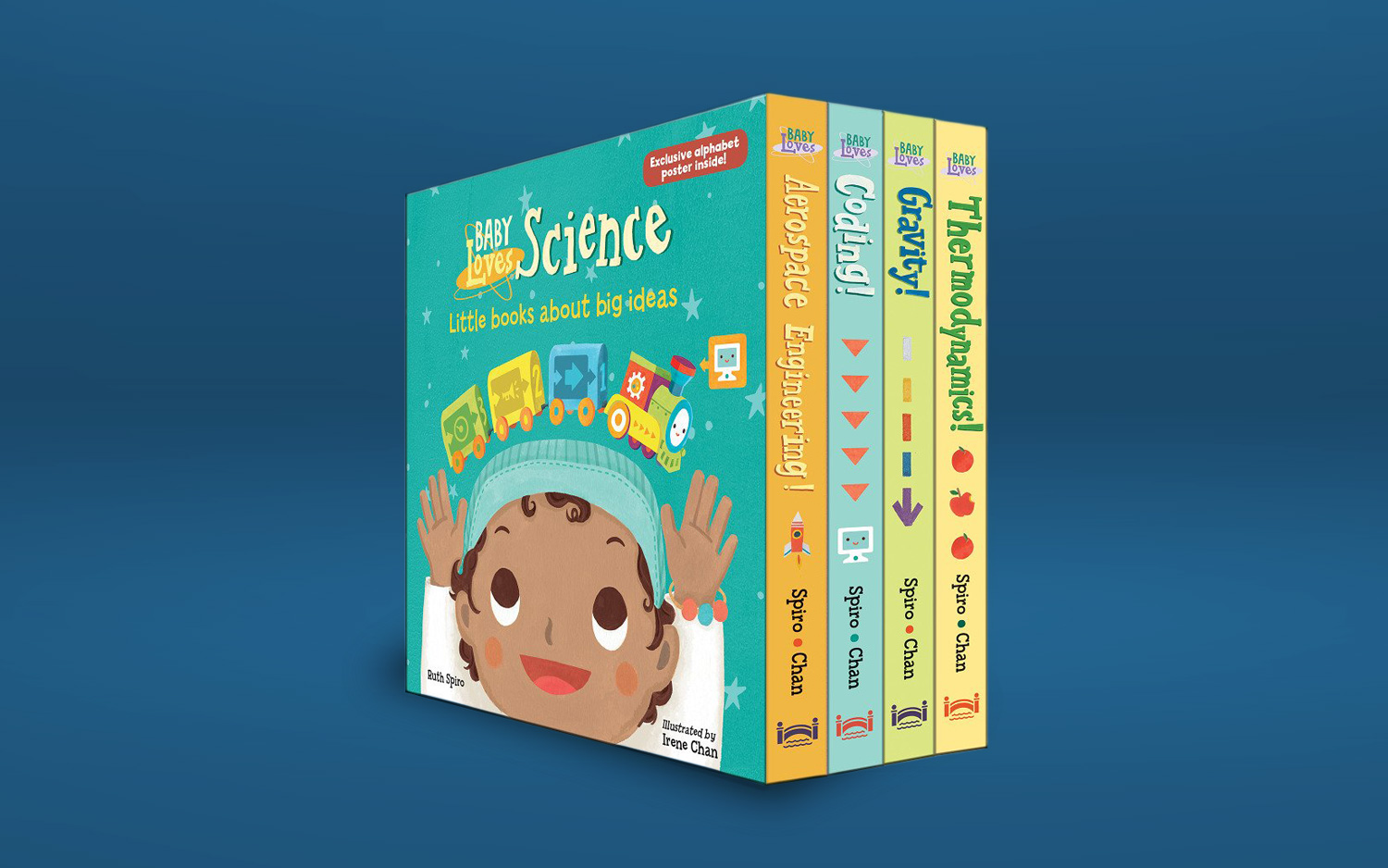
If it's true that playing peekaboo proves babies understand quantum physics, then it's really never too early to start baby's first real science lesson. A great place to begin? With the colorful, expert-endorsed "Baby Loves Science" picture book series by Ruth Spiro. Covering topics such as gravity, thermodynamics and aerospace engineering, this set of four, kid-friendly books turns complex scientific concepts into simple stories, all gorgeously rendered in art by Irene Chen. (Recommended ages: preschool and up — but really, whenever baby is ready for story time.)
Price: $23.64
Sign up for the Live Science daily newsletter now
Get the world’s most fascinating discoveries delivered straight to your inbox.

Rachael is a Live Science contributor, and was a former channel editor and senior writer for Live Science between 2010 and 2022. She has a master's degree in journalism from New York University's Science, Health and Environmental Reporting Program. She also holds a B.S. in molecular biology and an M.S. in biology from the University of California, San Diego. Her work has appeared in Scienceline, The Washington Post and Scientific American.










